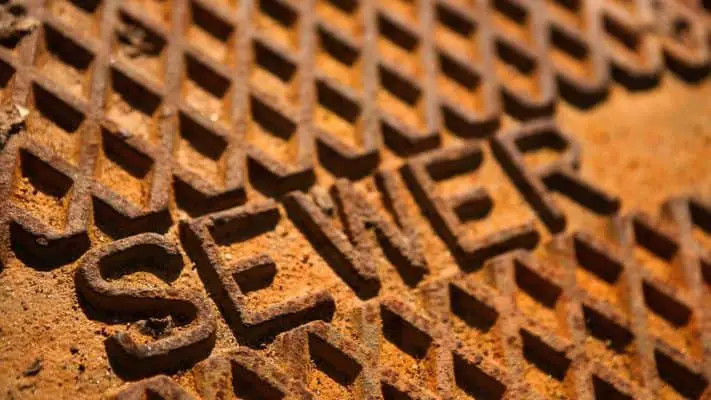Installing a septic system. In my experience and opinion if there is going to be a hold up in the installation process it is most likely to be with environmental health.
The homeowner may think that it is possible to install their new mobile home in 2-4 weeks onto vacant land but the process in some areas can be quite lengthy.
In most cases local authorities will not issue an installation permit until they receive clearance from the governing health authority and in some cases this can take months.
The actual waste disposal considerations for mobile homes are the same issues that face contractors building conventional site-built homes. However there are special circumstances that apply to mobile homes placed on private land.
In the state of Florida the Department of Environmental Health and not the building department at the local government offices that has authority over the relevant codes and statutes.
Sewer Systems in Cities, Counties, or Registered Mobile Home Parks.
If a piece of land or old Park lot has access to the conventional sewer system then the connection is a fairly simple process that can be carried out by the mobile home installer. The plumbing permit is pulled as part of the installation permit.
The pipes under the home are connected then they are suspended from the home by galvanized or plastic straps. After passing through a clean out the pipe is connected to the existing system.
The contractor will ensure the necessary drop on the pipe is to code.
New Septic Tank and Drainfield System.
When dealing with vacant land which has not been lived on previously it is essential to start the health department process as soon as possible to prevent unwanted delays. The health department will do a perk test to determine the flood level and a sewer system permit will be issued to the septic tank contractor who will then install the tank and drain field.
Sometimes the drain field will be high and above the ground, the health department will give the actual height of the field and cover dimensions.
In this situation some residents elect to use a sump pump to mechanically raise the water to the correct septic tank height. Doing this will give the correct drop to the pipe system without the need to raise the home above normal levels.
Must Read: How To Use A Water Level On Home Projects – Full Instructions.
Existing Septic Tank and Drainfield.
When an old mobile home is currently sited on land with a septic tank and drain field system it is said to be “grandfathered in” which means that even if the system is not up to current code it is ok. It can remain in use so long as nothing is changed.
However, if the old house is removed the department of environmental health reserves the right to inspect the system before issuing a new building permit and can insist upon a new tank, new or bigger drain field, or both.
The department may also demand an increase in tank size and an extension of the drain field if the old house is replaced by a new home which has more bedrooms. In other words more people in the home equates to more of a load on the existing system.
These added costs which can be substantial can be a big shock to the new homeowner if they have not been previously discussed by the contractor, in fact an estimate of these costs should be included in any estimate or contract signed by the parties.
The extra money will need to come from the homeowner but without adequate communication this can be a tricky situation.
Also Check: How To Make A Water Level – Easy Instructions For Homeowners.

